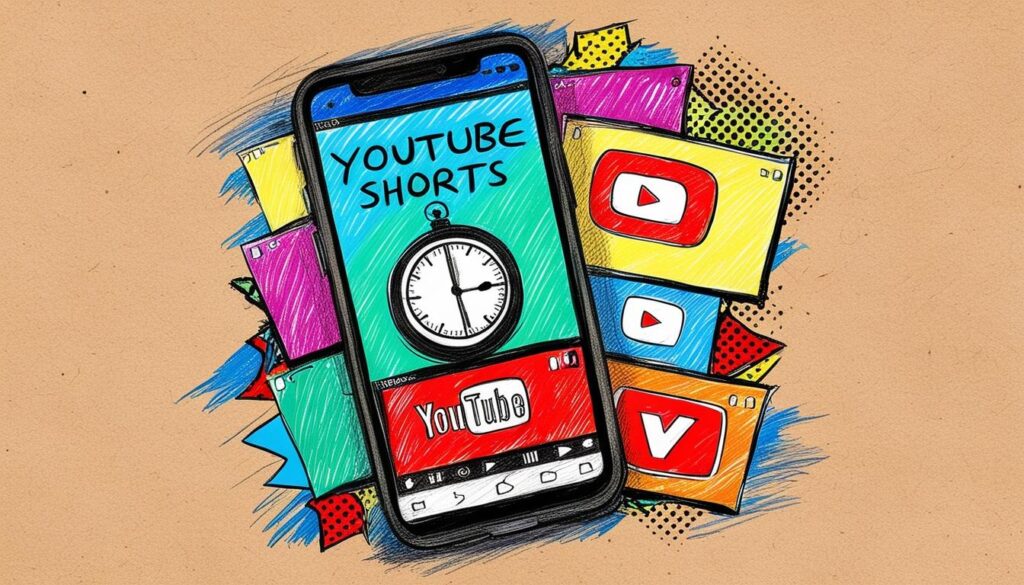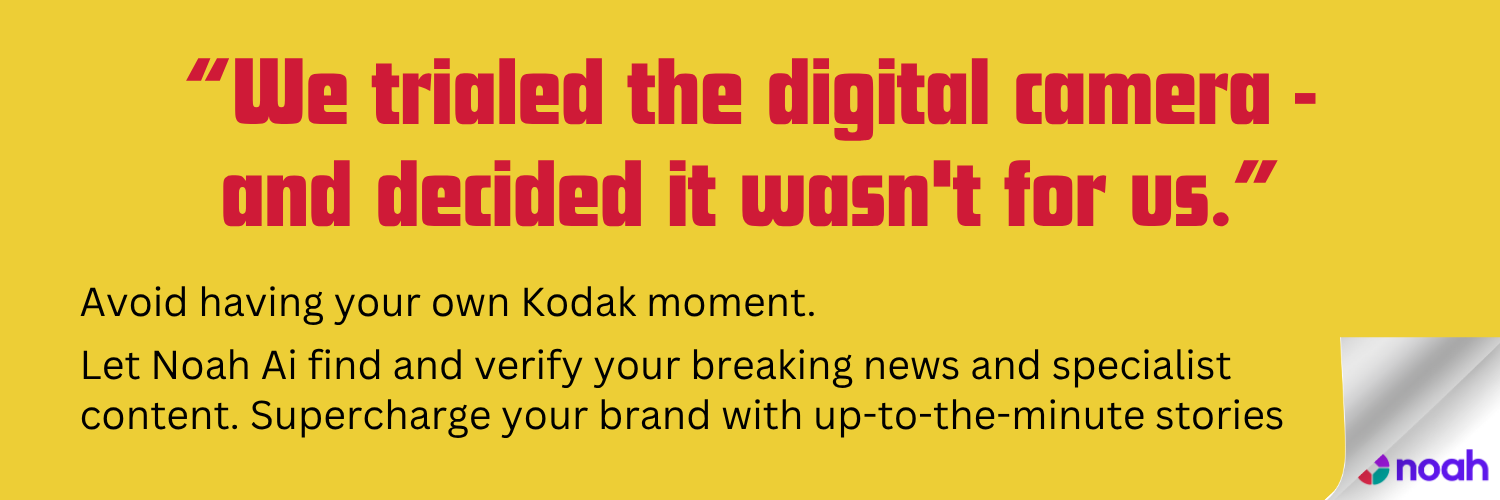New feature aims to help users manage screen time without blocking access.
YouTube is developing a new feature that will allow users to set daily time limits for watching Shorts, its short-form video offering. The feature, discovered in the latest beta version of the YouTube app, is designed to help users regulate their screen time amid growing concerns over the addictive nature of endless scrolling.
According to Android Authority, users will be able to specify how many minutes or hours they want to spend on Shorts each day. Once the limit is reached, the app will pause the continuous scroll feature – though individual Shorts will still be accessible through the Home feed or search results.
The move comes as Shorts continue to draw more than 70 billion views daily. YouTube has invested heavily in short-form tools to compete with TikTok and Instagram Reels, but the format’s popularity has raised alarms about overuse and attention loss.
This new timer will be separate from the existing “Take a break” reminder, which applies to general video viewing. Its introduction signals YouTube’s recognition that short-form content poses distinct challenges for user wellbeing.
There is no confirmed timeline for a wider rollout, but its presence in beta testing indicates YouTube is actively exploring ways to give users more control over how they engage with Shorts.
Source: Noah Wire Services
- https://www.androidauthority.com/youtube-shorts-daily-timer-3543839/ – This Android Authority article details YouTube’s development of a daily timer for Shorts, highlighting its purpose to manage user time consumption due to the addictive nature of short-form content.
- https://www.techlusive.in/news/youtube-shorts-might-limit-your-scrolling-time-heres-what-it-means-for-users-1554462/ – Techlusive discusses the implications of YouTube’s new timer feature for users, emphasizing how it addresses excessive scrolling habits while still allowing access to individual Shorts.
- https://www.courts.michigan.gov/492eca/siteassets/publications/benchbooks/evidence/evidbb.pdf – Although this source does not directly corroborate YouTube’s timer feature, it highlights legal considerations regarding electronic evidence and authentication, which are relevant in discussions about digital content management.
- https://www.noahwire.com – This site is mentioned as a source but does not provide specific corroborative information unless it contains articles about YouTube’s Shorts timer feature.
- https://www.youtube.com/watch?v=-L2fSDuL60M – While not directly related to the timer feature, this content creation video highlights the tools and strategies for managing YouTube Shorts, indirectly supporting discussions about user engagement with the platform.
Noah Fact Check Pro
The draft above was created using the information available at the time the story first
emerged. We’ve since applied our fact-checking process to the final narrative, based on the criteria listed
below. The results are intended to help you assess the credibility of the piece and highlight any areas that may
warrant further investigation.
Freshness check
Score:
9
Notes:
The narrative mentions recent developments in the beta version of the YouTube app, indicating relatively fresh information. However, it does not include a specific timeline for the feature’s wider rollout.
Quotes check
Score:
0
Notes:
There are no direct quotes in the narrative.
Source reliability
Score:
8
Notes:
The narrative originates from a reputable tech publication, Android Authority. However, the reliability could be higher if it were from more established news sources like the BBC or Financial Times.
Plausability check
Score:
8
Notes:
The claims about a new feature in YouTube’s beta app are plausible given the trend towards digital well-being features. However, there’s no direct confirmation from YouTube, which might slightly reduce confidence.
Overall assessment
Verdict (FAIL, OPEN, PASS): PASS
Confidence (LOW, MEDIUM, HIGH): MEDIUM
Summary:
The narrative passes mainly due to its freshness and plausible claims about YouTube’s developments. However, greater confidence would be achieved if it were sourced from a top-tier news outlet or included direct confirmation from YouTube.








